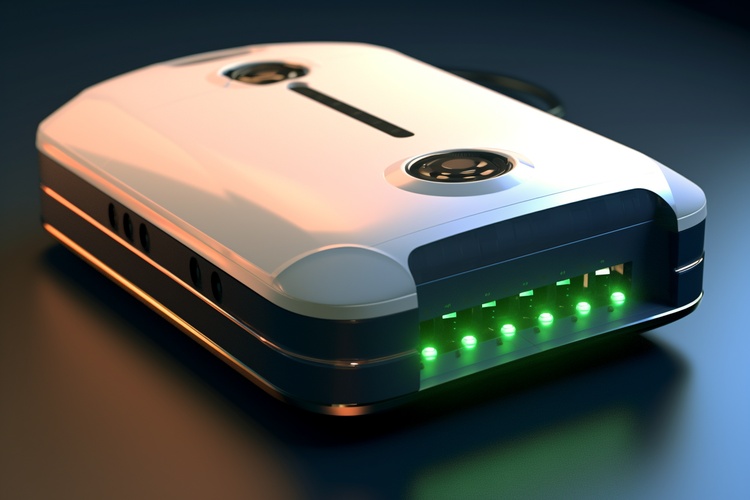Mobile Phones: Practical Features and Everyday Uses
Mobile phones have evolved from voice-only devices to compact computers that include cameras, internet access, sensors, and built-in lights. Many users rely on the phone's flashlight or LED light for quick tasks, safety, and photography. Understanding how these features work, when to use them, and how to preserve battery life helps you get more consistent everyday performance from a phone or smartphone.

How does a phone use an LED flashlight?
Most phones use one or more light-emitting diodes (LEDs) near the rear camera as a flashlight or camera flash. When you enable the flashlight function, the phone activates the LED at a steady output rather than in the short burst used for photographic flash. The LED is efficient and small, so it fits into slim smartphone designs and delivers concentrated light for close-range tasks. Some phones include multiple LEDs or dual-tone LEDs to improve color rendering when used as a camera flash.
What features define a modern smartphone?
A smartphone combines an operating system, touchscreen, camera systems, connectivity (Wi‑Fi, cellular, Bluetooth), sensors, and power management. Camera modules often pair with LED lights for low-light photography and video. Built-in flashlight controls are usually accessible from quick settings or an app, and advanced models offer variable brightness levels or strobe modes. Software updates influence flashlight behavior and battery optimization, so keeping system software current can improve how the phone uses LED and light features.
How to use the flashlight safely on a phone?
Using the flashlight is straightforward, but safety and courtesy matter. Avoid pointing a phone flashlight directly into someone’s eyes; LED light can be intense at close range and cause discomfort. Do not use the flashlight while driving as it can distract other drivers or reduce your situational awareness. In emergency situations, a steady beam or flashing pattern can help signal for help, but be mindful of battery drain and potential overheating during prolonged use.
When is a built-in LED light useful?
Built-in LED lights serve multiple everyday roles: illuminating a dark path, providing task lighting while repairing small objects, serving as a quick reading light, or acting as a fill light for close-up photography. They’re also convenient during power outages and can help with quick visibility checks in luggage or car interiors. For photography, the LED light can reduce motion blur by increasing illumination, though it has limitations for distant scenes or color accuracy compared with dedicated lighting tools.
How to maintain phone battery and light performance?
Flashlight use affects battery life and thermal management. Short bursts for quick tasks have minimal impact, but prolonged high-brightness use will accelerate battery drain and may raise device temperature. To preserve performance, reduce screen brightness, close unnecessary apps, and avoid high ambient temperature while using the LED light. If you notice reduced brightness over time, check for battery health settings or system updates that address power delivery. Protective cases or debris over the LED can also reduce effective light output, so keep the area around the light clean and ensure your case is not obstructing the beam.
Conclusion
Mobile phone LED lights and flashlight functions are practical additions to daily life, providing quick illumination and supporting camera performance. Understanding how the LED is used, the limitations of built-in lights, and how to operate them safely helps you make better use of a phone or smartphone without compromising battery life or device health. Regular software updates, mindful usage, and simple maintenance—like keeping the LED and case area clean—can keep the light and related features working reliably for routine tasks and occasional emergencies.





